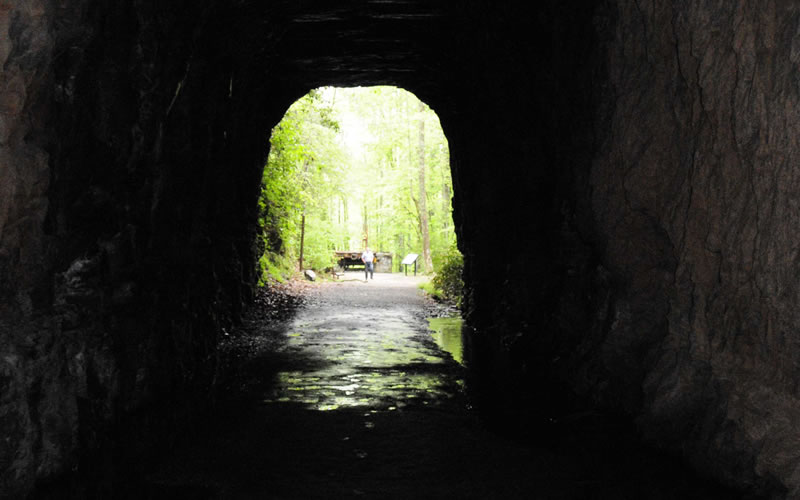


We are at the midway point of the tunnel, and a 16-by-20-foot airshaft punched into the mountain above us extends upward 200 feet to the surface. Sirajuddin opens the gate, and we step through. The light from the tunnel entrance is still reaching us when we arrive at a gate of iron bars, secured by a heavy chain and padlock because of instances of falling rock. She co-leads a robust multipronged bat research group with David Jachowski, assistant professor of wildlife ecology in Clemson’s Department of Forestry and Environmental Conservation. Forest Service Southern Research Station. Loeb is a renowned Southeastern bat researcher, Clemson adjunct professor and research ecologist for the U.S. Sirajuddin’s mentor, Susan Loeb, follows closely behind. Their numbers have plummeted from 321 individuals in 2014 to just 37 in 2017. It isn’t cold enough yet for them to begin hibernating in the tunnel, and white-nose has already taken a devastating toll on the Stumphouse bats. The bats we find will be few and far between on this day.


We can talk, but it’s best to whisper so we don’t disturb any bats we find.” “Then we’ll set up the equipment as we work back toward the entrance. “We’re going all the way to the back of the tunnel,” Sirajuddin says. On this fall day, we walk across the pea-gravel floor of the public part of Stumphouse Mountain Tunnel, the sound of our footfalls echoing off graffitied granite walls. Clemson bought the tunnel in 1951 and used it as the ideal place to cure cheese until 1956. In 1940, a Clemson A&M dairy science professor recognized the tunnel might be perfect for curing blue cheese. THE BLUE RIDGE RAILROAD began tunneling into Stumphouse Mountain in 1852 in an effort to build a railroad through the mountains to Knoxville, Tennessee, but construction was disrupted by North-South hostilities, and momentum for the railroad ebbed. The tricolored bat is not currently on the federal threatened and endangered species list, but reviews are being done to determine whether it should be listed, primarily due to mortality from white-nose syndrome.Ĭlemson’s location in the Southern Appalachians within a short distance of hibernation spaces such as Stumphouse Mountain Tunnel gives these researchers unique opportunities to make discoveries that might one day thwart or impede the scourge of white-nose syndrome. Nine bat species, including two endangered species and one threatened species, have been confirmed with white-nose syndrome in North America. The researchers will then compare data collected from the Stumphouse bats to data they collect from a healthy tricolored bat community that is hibernating in a cave with similar temperatures in Mississippi. Sirajuddin and a cohort of researchers are here to set up a complex tangle of coaxial cable, aerial antennas, super-sensitive listening devices and data loggers, with battery packs to power it all, along the 1,600-foot tunnel.Ī few weeks from now, when the weather grows colder and tricolored bats turn Stumphouse Mountain Tunnel into their winter home, Sirajuddin and an assistant will begin applying tiny radio transmitters to the backs of the small creatures.īy recording body temperature and arousal patterns, these radio transmitters will help the researchers understand how decreased physiological activity during hibernation - known as torpor - makes the tricolored bats more susceptible to white-nose syndrome, the deadly fungal disease that is wiping out populations of bats across North America. It is a clear late-fall day in the mountains north of Walhalla, just 20 miles from Clemson. If it is there again today, I will point it out to you.” AS SHE STANDS before the gaping, dripping entrance of Stumphouse Mountain Tunnel zipping into her Tyvek coveralls, graduate research assistant Pallavi Sirajuddin says, “Word of caution: Last week there was a copperhead just off the path in chamber B of the tunnel.


 0 kommentar(er)
0 kommentar(er)
